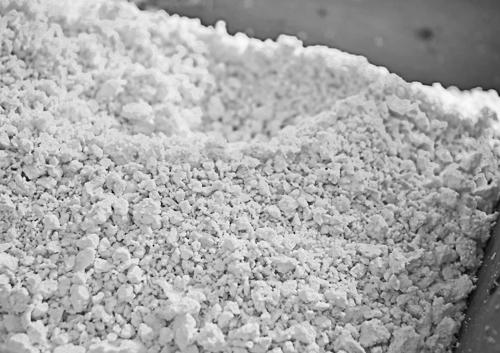Høgda farmhouse dairy is located high up on the Høsbjør hill above a town called Brumunddal east of Norway’s largest lake, called Mjøsa. Ascending a steep gravel road in first gear, it felt like we were leaving the busy town life for the quiet life in the countryside.
We were met by farmer and cheesemaker Tore Skarpnord who invited us inside to have some cups of coffee and a chat. Yes, it’s steep, Tore says, about going from the nearest town to where he lives. I have to think twice before drinking up the last glass at the local pub at night.
Tore told us about life as a farmer and that his children probably wouldn’t end up as farmers like himself. He’s proud of his Telemark cows which he has been raising for the last 20 years. The Telemark cow race is the oldest cow race in Norway, having been defined as a separate race in 1856. While his cows stay inside in winter and outside in summer, his Shetland ponies are outside almost all year and are roaming free in summer.
Since a farmer’s income is somewhat variable and uncertain presently, he thinks that a more predictable and stable income is necessary in order to insure that young people will become farmers.
Tore, who is one of the producers of the pultost presidium, learnt how to make this soft, sharp cheese from an old hand called Arve Brattengen, in 1972. After his demise he inherited some old, wooden troughs, in which he is letting the cheese mature.
The dairy products from Høgda farmhouse dairy, that is pultost, sour cream, butter and boiled pultost in order to ease its taste, are sold at the farm and in local shops. Regarding pultost, just by letting it mature long enough, it’s possible to obtain a strong taste or if you’re willing to wait, it will turn into liquid. The last one is meant for those who know how to appreciate a well matured cheese, while the rest of us willingly eat it a long time before this happens.

